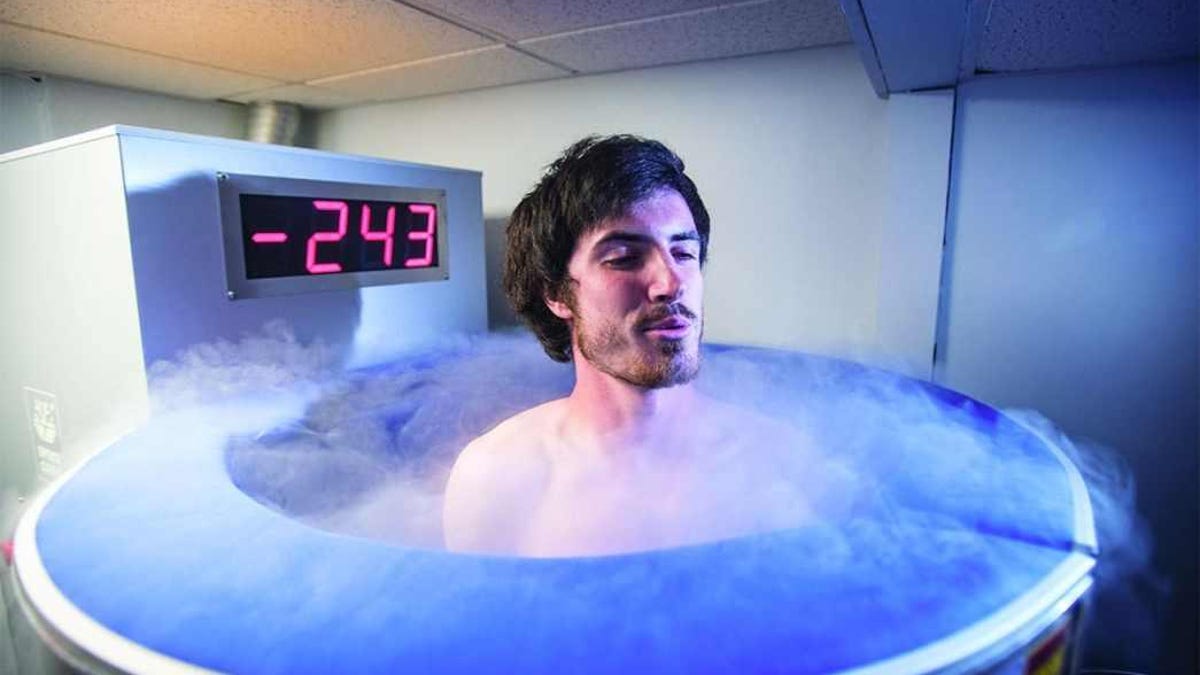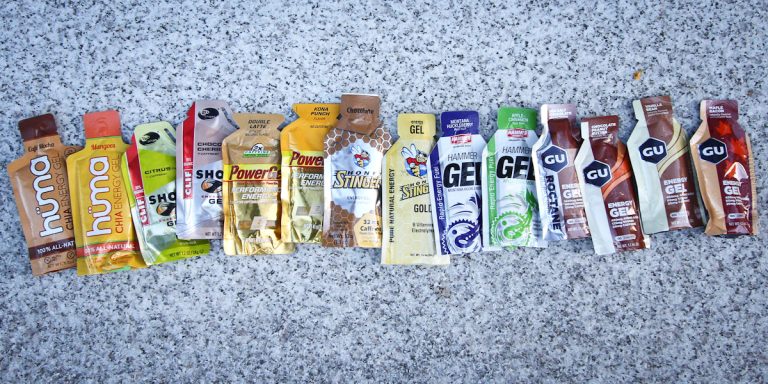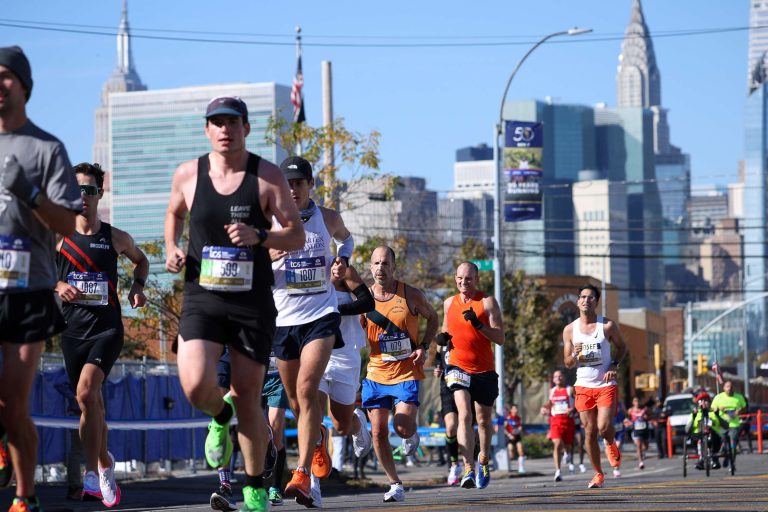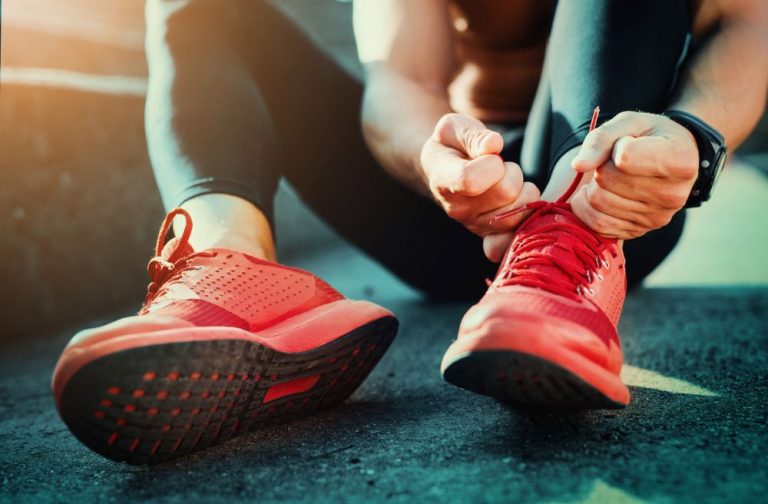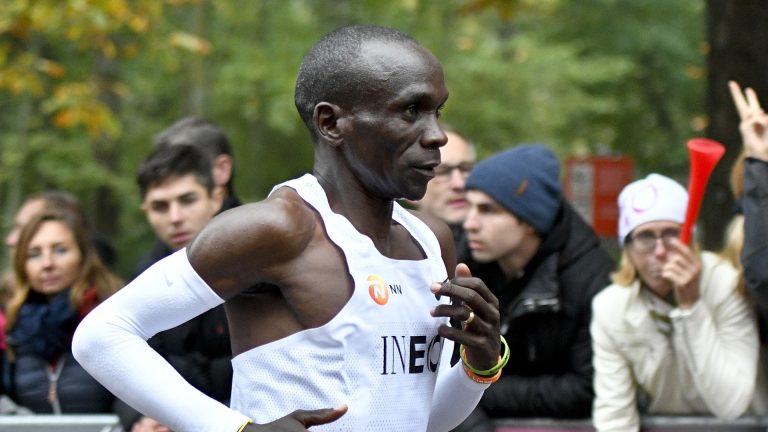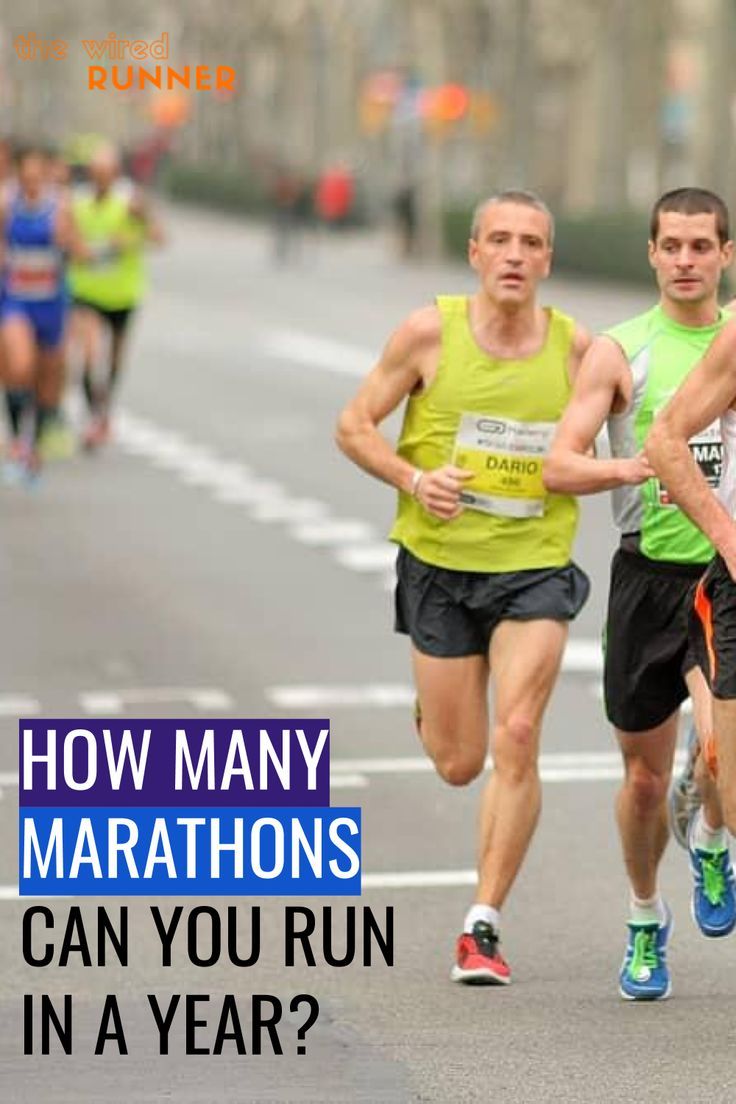Does Cryotherapy Work?
Cryotherapy has mixed evidence regarding its effectiveness for certain conditions. Some studies suggest it may help reduce inflammation.
Cryotherapy is a treatment that involves exposing the body to extremely cold temperatures for a short period. While proponents claim it can improve recovery, reduce pain, and enhance overall well-being, scientific research on its benefits is still inconclusive. Some studies suggest that cryotherapy may help reduce inflammation and alleviate muscle soreness, but more research is needed to validate these claims fully.
Critics argue that the potential risks and lack of substantial evidence may not justify the cost and discomfort associated with this treatment. Ultimately, the decision to try cryotherapy should be made after careful consideration and consultation with a healthcare provider.

Credit: m.youtube.com
The Science Behind Cryotherapy
Cryotherapy, also known as cold therapy, has gained popularity in recent years for its potential health benefits. Many athletes and fitness enthusiasts swear by its ability to reduce muscle soreness, speed up recovery, and even improve overall well-being. But does cryotherapy truly work? To answer that question, it’s essential to delve into the science behind cryotherapy and understand how it affects the body.
How Cryotherapy Works
Cryotherapy involves exposing the body to extremely cold temperatures for a short period. The most common form of cryotherapy is whole-body cryotherapy (WBC), where individuals stand in a cryo-chamber or cryosauna, surrounded by frigid air reaching temperatures below -100°C. The sudden cold exposure triggers the body’s physiological responses, leading to a range of potential health benefits.
The Effects On The Body
Upon exposure to cold temperatures, the body initiates vasoconstriction, causing blood vessels to narrow, which reduces blood flow to the extremities. This process aims to protect the body’s core temperature. As the body warms up post-cryotherapy, vasodilation occurs, leading to increased blood flow, which may aid in reducing inflammation and promoting healing.
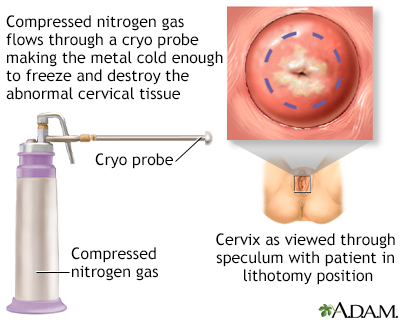
Credit: www.mountsinai.org
Benefits Of Cryotherapy
Cryotherapy offers a range of benefits, including reduced inflammation, pain relief, improved athletic performance, and enhanced recovery. With its use of extreme cold temperatures, cryotherapy has shown promising results in treating various conditions and promoting overall well-being.
Benefits of Cryotherapy Reduced Inflammation Cryotherapy reduces inflammation by constricting blood vessels and reducing swelling. It helps in minimizing pain and promoting faster healing from injuries. Improved Recovery After Exercise After intense workouts, cryotherapy aids in faster muscle recovery and reduces muscle soreness. It boosts circulation and enhances the elimination of toxins from the body. Enhanced Weight Loss Cryotherapy helps in burning calories through the body’s efforts to stay warm, leading to weight loss. It accelerates the metabolism and can assist in achieving weight loss goals. In summary, cryotherapy offers various benefits including reduced inflammation, improved exercise recovery, and enhanced weight loss.Potential Risks And Considerations
Cryotherapy, while considered a generally safe treatment, carries potential risks and considerations that individuals should be aware of before undergoing the procedure.
Skin Damage
Skin damage can occur due to extreme cold exposure during cryotherapy, leading to redness, blisters, or frostbite in some cases.
Nerve Damage
Nerve damage may occur in rare cases, particularly if the treatment is administered incorrectly or for an extended period, leading to numbness or tingling sensations.
Cold Allergies
Cold allergies can be triggered during cryotherapy sessions in individuals with hypersensitivity to cold temperatures, resulting in adverse reactions such as hives or itching.
It is essential for individuals considering cryotherapy to understand these potential risks and consult with a healthcare professional to assess their suitability for the treatment.
Effectiveness Of Cryotherapy
Is cryotherapy effective? This question has piqued the interest of many individuals seeking alternative treatments for various health issues. Understanding the effectiveness of cryotherapy involves examining research studies and athlete testimonials to gauge its impact.
Research Studies
Several research studies have delved into the effectiveness of cryotherapy. One study published in the Journal of Athletic Training found that cryotherapy can effectively reduce muscle soreness and inflammation after intense exercise. Additionally, another study in the European Journal of Applied Physiology showed positive effects of whole-body cryotherapy on muscle recovery and performance in athletes. These findings suggest that cryotherapy holds promise as a recovery modality.
Athlete Testimonials
Athlete testimonials provide real-world evidence of the benefits of cryotherapy. Many athletes have reported experiencing decreased muscle fatigue, faster recovery times, and increased energy levels after undergoing cryotherapy sessions. For instance, professional athletes such as LeBron James and Usain Bolt have endorsed the use of cryotherapy for enhancing their athletic performance.
What To Expect During A Cryotherapy Session
If you’re considering trying cryotherapy, it’s essential to understand what to expect during a cryotherapy session. This innovative treatment involves exposing your body to extremely low temperatures for a short period, which is said to produce various health benefits. Let’s explore the procedure, preparation tips, and aftercare to give you a realistic idea of what you can anticipate during a cryotherapy session.
The Procedure
The cryotherapy procedure typically takes place in a specialized cryotherapy chamber designed to expose your body to subzero temperatures. You will be guided by a trained technician throughout the entire process to ensure your safety and comfort. Here’s a step-by-step breakdown of what you can expect:
- Pre-session preparations: Before entering the cryotherapy chamber, you may be asked to remove any wet clothing, jewelry, or metal objects, as they can pose a risk during the session.
- Entering the chamber: Once you’re ready, you will step inside the cryotherapy chamber wearing minimal clothing, typically including underwear, gloves, socks, and protective footwear. The chamber will then be closed, leaving only your head exposed.
- Cooling process: As the cryotherapy session begins, the temperature inside the chamber will rapidly drop, typically reaching temperatures as low as -200 degrees Fahrenheit (-129 degrees Celsius). You will be exposed to these frigid temperatures for a duration specified by your technician, which usually ranges from 2 to 4 minutes.
- Recovery and exit: After the session, you will exit the chamber, and the technician will provide you with a robe or towel to keep warm. It’s normal to feel a tingling sensation or a temporary redness on your skin, which should subside shortly.
Tips For Preparation
To ensure a successful and comfortable cryotherapy session, here are a few helpful tips for preparation:
- Stay hydrated: Drink plenty of water before your session to keep your body well-hydrated.
- Avoid caffeine and alcohol: Refrain from consuming caffeine or alcohol on the day of your session as these can affect your body’s response to cold temperatures.
- Wear appropriate clothing: Opt for loose-fitting, dry clothing and avoid wearing any metals or jewelry, as these can cause discomfort or injury during the session.
- Maintain a positive mindset: Approaching the cryotherapy session with a relaxed and positive mindset can contribute to a more enjoyable experience.
Aftercare
After completing a cryotherapy session, it’s important to take proper care of your body to maximize the benefits and minimize any potential side effects. Here are some aftercare tips to follow:
- Warm up gradually: Allow your body to warm up gradually after the session. Take your time before exposing yourself to extreme temperatures.
- Moisturize your skin: Apply moisturizer to keep your skin hydrated and prevent dryness, as the cold temperatures in the chamber can have a dehydrating effect.
- Engage in light exercise: Light exercise, such as stretching or walking, can help restore circulation and promote muscle recovery.
- Stay active and hydrated: Maintain a healthy lifestyle by staying active, drinking plenty of water, and eating nutritious meals to support your body’s healing process.
By understanding the cryotherapy procedure, preparing adequately, and following proper aftercare, you can make the most of your cryotherapy sessions and potentially experience the numerous benefits this treatment has to offer.

Credit: m.youtube.com
Frequently Asked Questions For Does Cryotherapy Work?
Can Cryotherapy Help With Muscle Recovery?
Cryotherapy can help reduce inflammation and promote muscle recovery by boosting blood circulation and facilitating the removal of metabolic waste products.
Is Cryotherapy Effective For Pain Relief?
Yes, cryotherapy can be effective for pain relief by numbing irritated nerves, reducing swelling, and creating a rapid analgesic effect that eases discomfort.
Does Cryotherapy Improve Skin Appearance?
Cryotherapy can improve skin appearance by tightening the pores, reducing redness and inflammation, promoting collagen production, and providing a youthful, glowing complexion.
Conclusion
Based on scientific research and anecdotal evidence, cryotherapy has shown promising results in reducing inflammation and relieving pain. However, the effectiveness of cryotherapy may vary from person to person. It is important to consult with a healthcare professional and consider individual health conditions before trying cryotherapy.
Overall, the potential benefits of cryotherapy make it a compelling option for those seeking natural pain relief.

